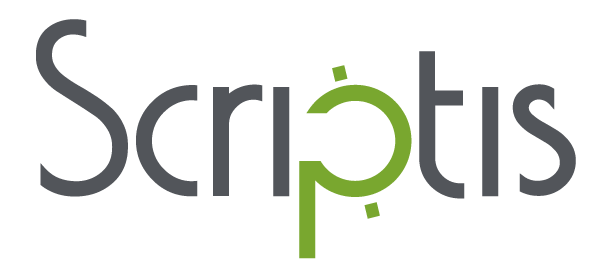Case study: translation for a global retail advertising campaign

Executive Summary
Scriptis provided translation for a global retail advertising campaign for audio devices. We translated and localized a series of 25 brand headlines for ten different languages. These were Simplified Chinese (for mainland Mandarin speakers), Dutch, Canadian French, European French, German, Italian, Korean, European Portuguese, Latin American Spanish, and European Spanish.

The Challenge
The campaign took a holistic view of its target audiences, promoting the product for both work and leisure. For each of the 25 concepts, an English headline preceded a sub-head or phrase in the target language. Scriptis translated and localized each of these phrases. The translations needed to express the brand personality and replicate the “feel” of the source phrases. They needed to resonate emotionally and aesthetically with the target audience. This type of localization requires a blend of translation and native-language copywriting: transcreation.

Performance
Scriptis drew on our network of translators and foreign-language copywriters to coordinate in-country transcreation teams. For each headline, each team provided two foreign-language versions of the subhead and a literal back-translation. They also provided rationales (in English) explaining why each phrase should resonate with audiences in the target market.
“Listen and be heard”
A typical “rationale” explained why the teams chose certain words. For example, one subhead focused on both self-expression and understanding of others. Our French Canadian team recommended the phrase “écouter et soyez entendu.” They explained that “se faire entendre” (to be heard) has the same double meaning as in English: to be heard and understood. With this explanation, the copywriter explained the cultural associations of two different translations of “to hear,” and assured the client they’d used each in an intentional way to capture the tone of the original.
“You” vs. “we”
In some cases, the teams could translate the source content literally and convey the same meaning in the target language. In others, they made adjustments to suit cultural preferences. For example, our Chinese team recommended a blanket adjustment to all the headlines that depicted the product in a work context. The second person imperative, i.e., “boost your score,” was rendered as plural, “boost our score.” The team explained: In Chinese business culture, which tends to be more group-oriented than North American, “‘we’ sounds more humble than ‘you.’”
Once the teams completed the translations, back translations, and rationales (500 in all: 25 subheads, 2 versions of each, in ten languages) the client’s in-country sales teams evaluated the work. People familiar with both the product and the culture confirmed that the translations met the company’s goals.

Results
Although we planned two rounds of revision after the initial submission, the client’s internal review teams approved the first iteration.
This project illustrates the scalability of “transcreation” services for a global advertising campaign. The branding, basic concepts and design elements remained consistent across markets. However, the localized choices suited the preferences of each language group. In addition, the project demonstrates the importance of working with bi-lingual and bi-cultural writers. Our teams grasped the finer points of the English associations, translating the figurative meaning as well as the literal meaning for maximum impact.
